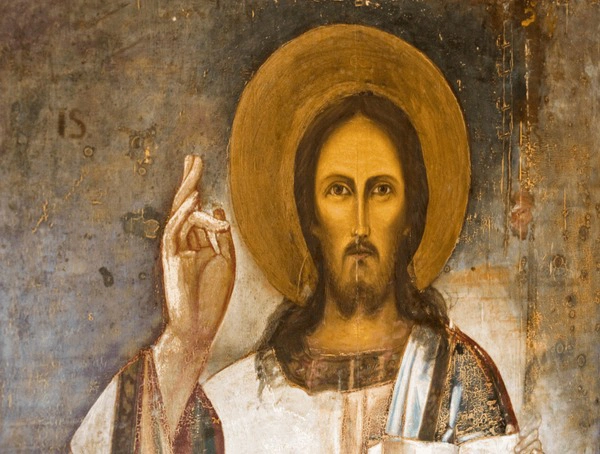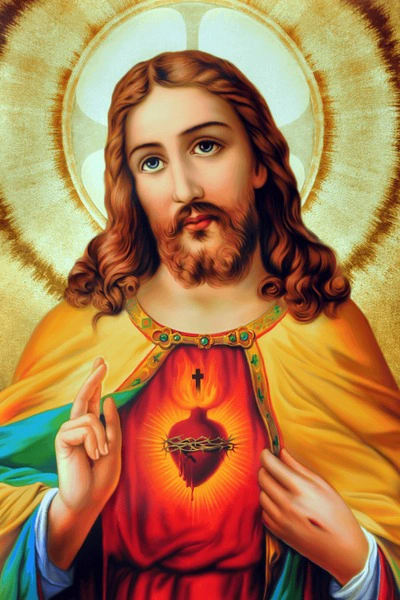
7 Key Figures in the Gospel of Matthew and Their Roles

The Gospel of Matthew introduces us to several key figures whose lives and actions shape the narrative of Jesus' ministry. From Jesus himself, the central figure, to his disciples and those who played crucial roles in his life and death, each character contributes to the story of salvation and redemption. Understanding these figures helps us grasp the depth of Matthew's message and the timeless relevance of its teachings.
Sarah Mitchell
01/12/2024 - 16 seconds ago
7 - Pilate: The Roman Governor
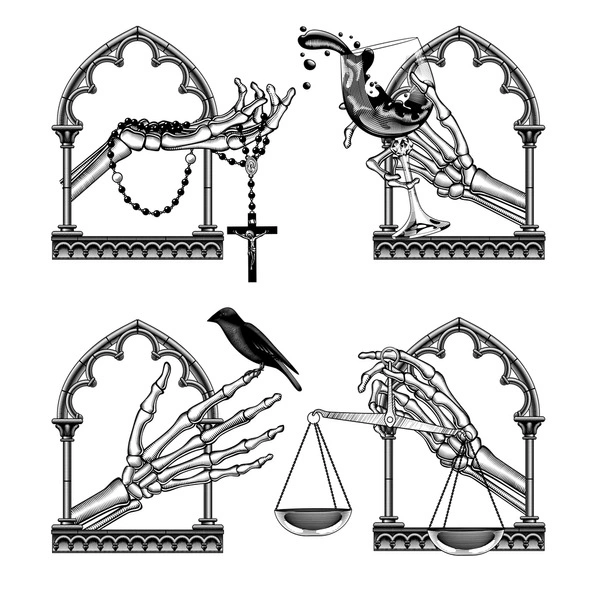
Pontius Pilate, the Roman governor of Judea, plays a significant role in the trial and crucifixion of Jesus. Although he finds no fault in Jesus, Pilate ultimately succumbs to public pressure and authorizes his execution. His actions are central to the unfolding of the Passion narrative.
Pilate's role is marked by his struggle between justice and political expediency. Despite his initial reluctance, he chooses to appease the crowd rather than stand firm in his convictions, illustrating the complexities of leadership and moral responsibility.
Through Pilate's actions, the Gospel of Matthew highlights the tension between earthly authority and divine purpose. His involvement in Jesus' crucifixion serves as a reminder of the impact of human choices on the divine plan and the unfolding story of redemption.
6 - Judas Iscariot: The Betrayer

Judas Iscariot is one of the twelve disciples, known primarily for betraying Jesus. His actions lead to Jesus' arrest and crucifixion, making him a pivotal, albeit tragic, figure in Matthew's Gospel. Judas' story is a complex one, highlighting themes of betrayal and remorse.
Despite being chosen as a disciple, Judas succumbs to temptation and greed. He agrees to betray Jesus in exchange for thirty pieces of silver, a decision that has profound consequences for him and the early Christian community.
Judas' role serves as a cautionary tale about the dangers of losing one's moral compass. His tragic end underscores the importance of staying true to one's faith and the devastating impact of betrayal on personal and communal levels.
5 - Mary: The Mother of Jesus

Mary, the mother of Jesus, is a key figure in the Gospel of Matthew. Her role is marked by her faith and obedience to God's will. Chosen to be the mother of the Messiah, Mary's life is transformed by this divine calling, showing her deep trust in God's plan.
In Matthew's account, Mary is present at crucial moments in Jesus' life, from his miraculous conception to his early years. Her presence at these significant events highlights her supportive and nurturing role in Jesus' upbringing and mission.
Mary's story is one of humility and grace. Her willingness to accept God's plan serves as an example of devotion and faith, inspiring believers to trust in God's purpose even when it challenges their understanding.
4 - John the Baptist: The Forerunner
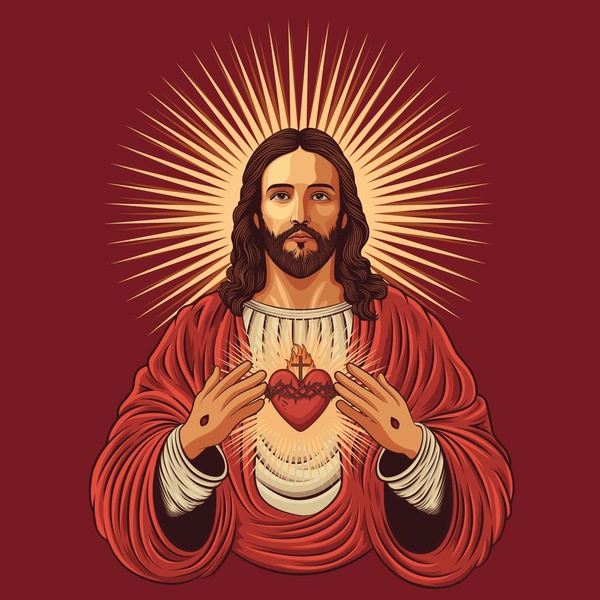
John the Baptist plays a crucial role as the one who prepares the way for Jesus. Known for his distinctive lifestyle and powerful preaching, John calls people to repentance and baptizes them as a symbol of their commitment to change. His message is one of urgency, urging people to prepare for the coming of the Messiah.
John's relationship with Jesus is significant. He baptizes Jesus in the Jordan River, marking the beginning of Jesus' public ministry. This event is a powerful moment of divine revelation, as the heavens open and God acknowledges Jesus as His beloved Son.
John the Baptist's role is pivotal in setting the stage for Jesus' arrival. He fulfills the prophecy of a voice calling in the wilderness, emphasizing the need for spiritual renewal and preparation for the Kingdom of Heaven.
3 - Peter: The Rock
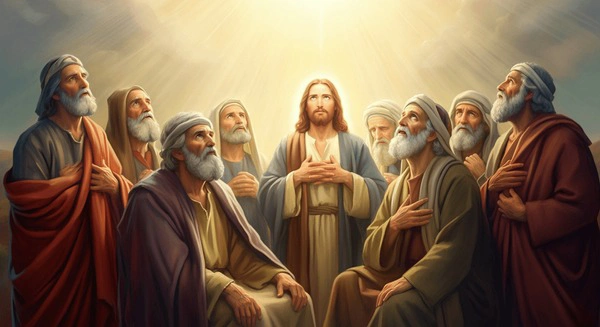
Peter, originally named Simon, is one of Jesus' closest disciples. He is often seen as a leader among the twelve apostles. Jesus gives him the name "Peter," which means "rock," signifying his foundational role in the early Christian church. Peter's faith and boldness are evident in many stories throughout the Gospel.
Despite his prominent role, Peter is also known for his moments of weakness. The most notable instance is when he denies knowing Jesus three times during the events leading up to the crucifixion. However, Peter's story is one of redemption and grace, as Jesus forgives him and reaffirms his role in the church.
Peter's journey in the Gospel of Matthew is a testament to the power of repentance and faith. His transformation from a simple fisherman to a pillar of the early church illustrates the impact of Jesus' teachings and the potential for personal growth in faith.
2 - Matthew: The Evangelist

Matthew, also known as Levi, is the author of this Gospel. He was a tax collector before becoming one of Jesus' twelve disciples. His background as a tax collector is significant because it shows Jesus' willingness to reach out to those considered sinners or outcasts in society. By choosing Matthew, Jesus demonstrates that everyone has a place in God's kingdom.
Matthew's role as an evangelist is crucial. He carefully documents Jesus' life and teachings, aiming to present Jesus as the promised Messiah to a predominantly Jewish audience. His writing is filled with references to Hebrew Scriptures, making connections between Jesus' actions and the prophecies of the Old Testament.
Through his Gospel, Matthew provides a comprehensive account of Jesus' ministry. His attention to detail and emphasis on fulfillment of prophecy help readers understand Jesus' divine purpose and the significance of his message.
1 - Jesus: The Central Figure

In the Gospel of Matthew, Jesus is the central figure. His life, teachings, and actions shape the entire narrative. From his miraculous birth to his sacrificial death and triumphant resurrection, Matthew presents Jesus as the fulfillment of Old Testament prophecies. Through parables and sermons, such as the Sermon on the Mount, Jesus provides moral and spiritual guidance to his followers.
Jesus' role is not just as a teacher but also as a healer and savior. He performs many miracles, such as healing the sick and feeding thousands with loaves and fishes. These acts demonstrate his divine power and compassion for humanity, reinforcing his identity as the Son of God.
The Gospel of Matthew emphasizes Jesus' mission to bring salvation to humanity. His teachings often focus on love, forgiveness, and the Kingdom of Heaven. Jesus' role as a redeemer is underscored by his willingness to sacrifice his life for the sins of others, offering a path to eternal life.



















